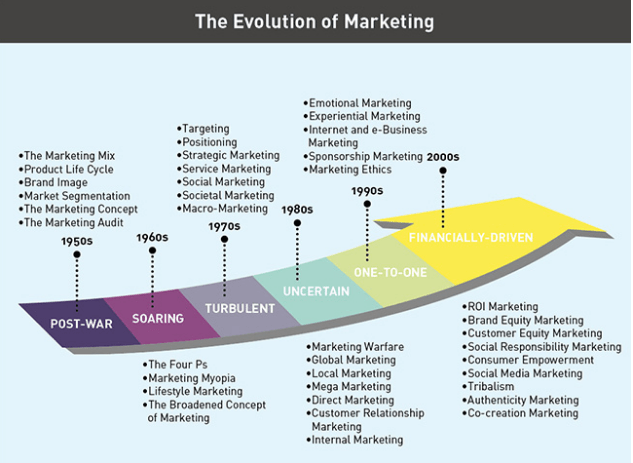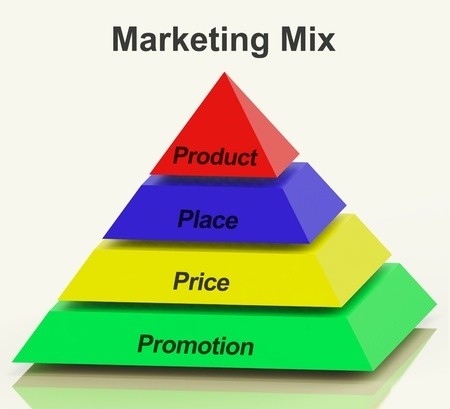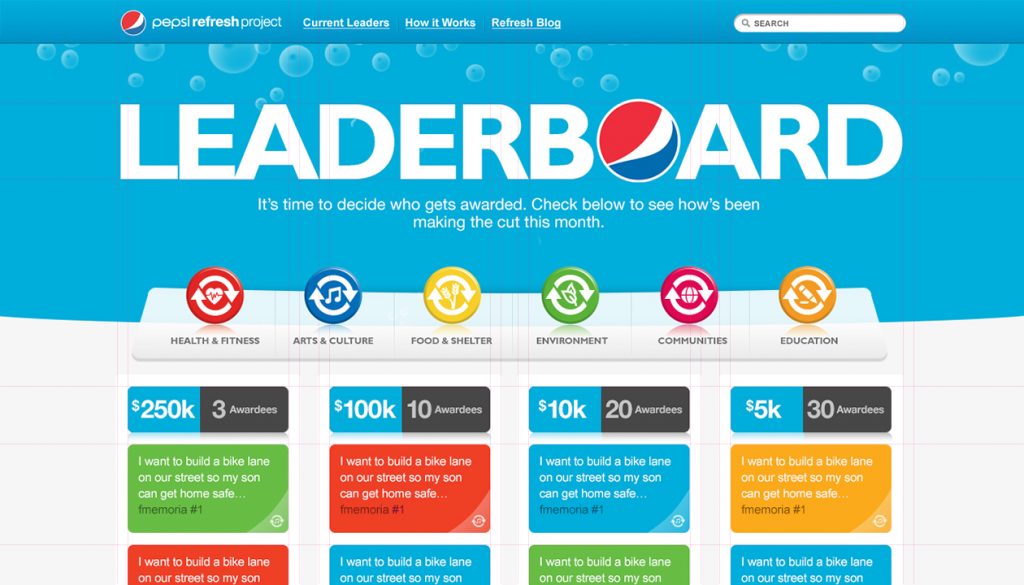Online and offline marketing seems to be going in different directions. The unprecedented development of the Internet, the dominance of Google and other search engines, the emergence and incredibly rapid spread of social networks, have led to the emergence of online marketing and with it, online marketing specialists.
Many of the new online marketing practitioners had nothing to do with offline marketing. And not because they didn’t want to, but because most of them are young and started their careers directly in online marketing. CPC or CPA campaigns run through Google Adwords, posts promoted on Facebook, SEO and ORM optimization campaigns, Email Marketing campaigns, display campaigns in different networks, are just some of the elements that are part of online marketing activities.
On the other hand, traditional marketing agencies, those dealing with TV and Radio campaigns, organizing fairs and exhibitions, outdoor campaigns, media appearances and other such campaigns are already considered traditional. Moreover, many believe that the cost/result ratio, or ROI (return on investment) as it is known online, is clearly in favour of online marketing.
But, the idea of this article is not to make a comparison between online and offline.
We want this short essay to highlight how important it is to integrate one of the fundamental concepts of offline marketing – the Marketing Mix – in online marketing campaigns. We try to introduce this aspect in most of our materials and, in this sense, we recommend you to see our articles about Native Advertising and Advertorial SEO.
Marketing mix – one of the basic concepts of traditional marketing
In a recent interview, Philip Kotler, nicknamed the father of modern marketing and also one of the main promoters of the marketing mix, states that “The Four Ps of marketing is still king.” Specifically, “The marketing model of the 4Ps is still king.” The interview appears precisely in the context presented above, of the separation of traditional marketing from online marketing.
First mentioned around 1950 by Professor Neil Borden, the concept of Marketing Mix took shape by adding the 4Ps – Product, Price, Placement and Promotion – in 1960 by Professor Jerome McCarthy in his famous book “Basic Marketing: A Managerial Approach ”.
However, the one who promoted the concept of the Marketing Mix, becoming one of the most famous marketers in the world, is Philip Kotler. His book, “Marketing Management”, now in its 14th edition, has become a true Bible of modern marketing. Each appearance captures the changes in the marketing environment and proposes concrete solutions.
The evolution of Marketing in Kotler’s vision

Definition of the Marketing Mix according to Philip Kotler
“The Marketing Mix is a set of marketing tools that the company uses to achieve its marketing objectives in the target market”
The 4Ps of the Marketing Mix adapted to the online environment
In any integrated marketing strategy, whether offline or online, we must find the four fundamental elements: Product, Price, Placement (Distribution) and Promotion. In online marketing, they acquire different values and we need to see how we can integrate them so that, by combining online and offline elements, we can get the best possible results.
The product
The decision to launch a new product or service on the market must always be accompanied by thorough research. Before the advent of the Internet, marketers used methods such as focus groups, market research, ethnographic research, interviews, the Delhi method, and more to calculate their chances of success. All these methods were meant to study consumer behaviour, to find out details about the functionalities of the future product, about its design and so on.
What is different about online marketing? Normally the methods are the same. The difference is in lower costs for using these methods, shorter time for their development and greater accuracy because, given the nature of the Internet – which unites us all, research can be done on a much larger number of people.
The 4Ps of the Marketing Mix

Price
Before setting the price of the products/services that a company wants to launch on the market, analyzing the prices of similarly competing products/services is a basic process. If traditional marketing clearly specifies the importance of comparative price analysis, in the age of online marketing this becomes a pleasure. In addition to the ease with which you can find the prices that interest you directly from competing sites (there are exceptions – companies that do not display prices on the site), we also have price comparators available. True marketing tools, marketers can find out in record time the prices that interest them. There are price comparators for IT products, for hotel rooms, for airline tickets, in general for standardized products/services.
Placement (Distribution)
Distribution refers to how your products/services can reach consumers. If traditionally, the decision to choose the distribution channel included a combination between a network of own stores, franchise network, network of distributors/partners or other placement channels of products/services, with the advent of the Internet this aspect has changed radically.
Today, however, when almost any product/service can be distributed, bought or even consumed by anyone and anywhere, this element seems to lose its substance.
However, price comparators, marketplaces or even online retailers are still distribution channels. Consumer accessibility is greater than ever and this may be a dream come true for some companies. But, from a business point of view, choosing an online distribution channel also involves certain costs, it has advantages and disadvantages. Just like with classic distribution channels.
Promotion
In the general sense, promotion is “the process by which consumer awareness of a product or brand is amplified, in order to generate sales and increase loyalty to that brand.”
Of the 4Ps, promotion is the most complex, due to the complicated decisions that marketers have to make to achieve the three goals mentioned above. They have to choose from the 5 elements of the promotion mix: Direct Marketing, Promotional Sales, SalesForce (Personal Sales), Advertising and Public Relations. In a future article, we will also develop the Promotion Mix.
With the exception of personal sales, which require a human presence, the other four elements can and must be integrated with online campaigns. When there are offline campaigns, and I say this because I have seen many campaigns aimed exclusively in the online environment.
One of the most aggressive online campaigns, carried out exclusively on social media, was the campaign run by Pepsi and entitled “Pepsi Refresh Project”. You may be wondering why we give this example?
Because this is one of the most expensive online campaigns ever. The prizes offered in the campaign alone were $ 20 million.
Moreover, to support the campaign, Pepsi gave up the traditional TV commercials as well as the famous Super Bowel spot (for the first time in 23 years).
But the problem would not be the amounts spent – especially since Pepsi is known for its appetite to allocate incredible amounts for marketing – but the results obtained. A 5% decrease in market share and the 3rd place in the market after Coca – Cola and Coca Cola Sugar-Free (according to Wikipedia )
The campaign was later introduced as a study material in many faculties around the world.
Even though it took place between 2010 and 2012, the internet and social media in the USA were far ahead of us. Therefore, we consider it relevant today for the online environment in Romania.
Today, however, when almost any product/service can be distributed, bought or even consumed by anyone and anywhere, this element seems to lose its substance.
However, price comparators, marketplaces or even online retailers are still distribution channels. Consumer accessibility is greater than ever and this may be a dream come true for some companies. But, from a business point of view, choosing an online distribution channel also involves certain costs, it has advantages and disadvantages. Just like with classic distribution channels.
Pepsi Campaign – “ Pepsi Refresh Project ”

I gave this example not to show that online marketing cannot sustain an increase in sales. Those who analyzed the Pepsi campaign in detail identified a multitude of possible issues that led to the failure of this campaign.
Basically, it was not the online environment that was the problem, but the approach.
Conclusions
The convergence between online and offline in terms of the marketing mix and the 4P should be a constant concern of today’s marketers.
I’d love to see more integrated campaigns like Dedeman, for example. I think most of us have heard of Dedeman, we have seen the extraordinary offline marketing campaign – TV, outdoor, radio – and I can confirm that it has had a major impact on online visibility, at least in terms of SEO.
As I said at the beginning, the purpose of this article is to make us aware that most elements of online marketing come and have been used successfully in traditional, offline marketing.
All we have to do is, if not every time we start an online marketing campaign, at least from time to time, to return to the basic concept of marketing: The Marketing Mix!
Basically, it was not the online environment that was the problem, but the approach.
